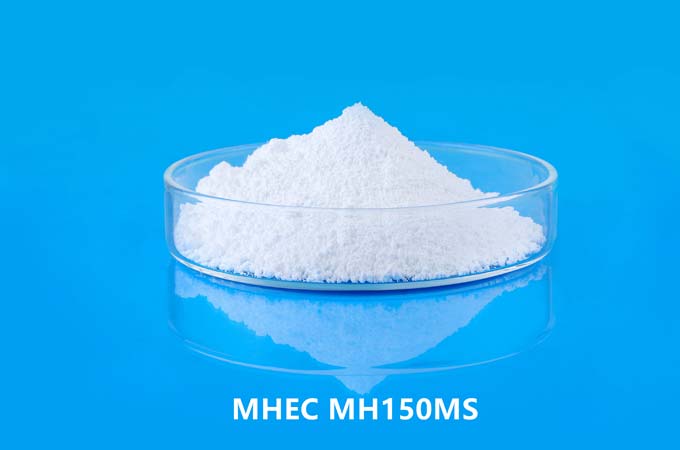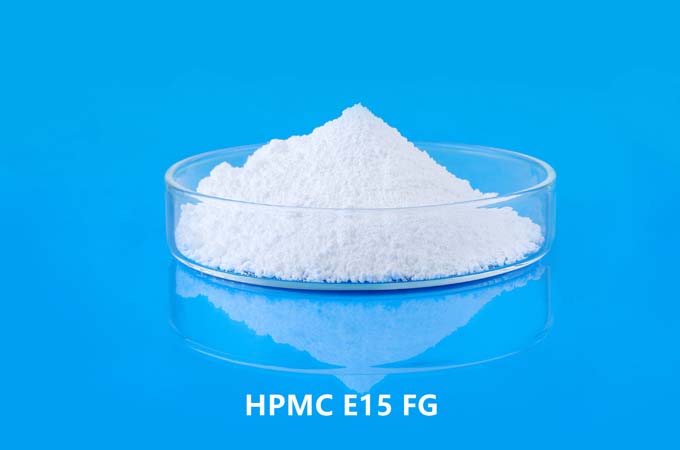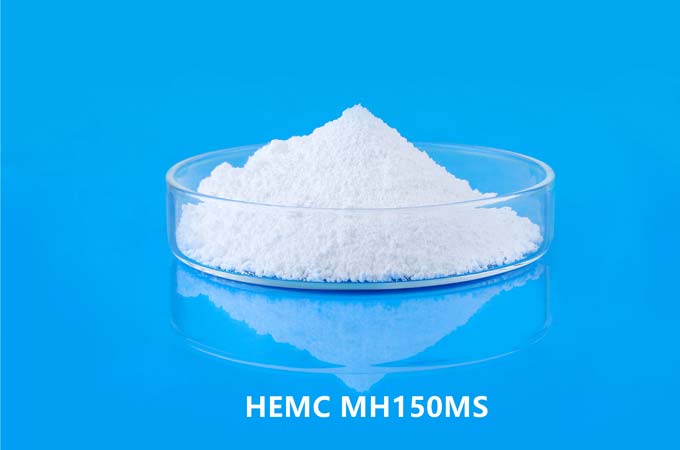Cellulose ethers are a group of organic compounds derived from cellulose, a natural polymer found in plant cell walls. The discovery and development of cellulose ethers can be traced back to the late 19th and early 20th centuries, marked by a series of scientific research and industrial innovations. This complex story involves the contributions of multiple researchers, technological advances, and the evolution of industrial processes.
1. Cellulose: natural polymer
The story begins with cellulose, a polysaccharide composed of glucose units linked by β-1,4-glycosidic bonds. Cellulose is the main component of plant cell walls and provides structural support and rigidity to plant tissues. Research into cellulose and its derivatives flourished in the late 19th century as scientists sought to understand and exploit this abundant natural polymer.
2. Early research on cellulose chemistry
At the end of the 19th century, chemists such as Anselme Payen began studying the chemical structure of cellulose. Payen's discovery of cellulose in 1838 laid the foundation for future research. However, cellulose's inherent complexity creates challenges for scientists trying to modify its structure for practical applications.
3. Nitrocellulose: the first cellulose derivative
A major breakthrough came in the mid-19th century with the discovery of nitrocellulose, a cellulose derivative obtained by treating cellulose with a mixture of nitric acid and sulfuric acid. Nitrocellulose was first synthesized in 1846 by German-Swiss chemist Christian Friedrich Schönbein. Also known as nitrocellulose, this compound exhibited unique properties, such as high flammability and explosive properties, leading to its widespread use, including as an early form of smokeless gunpowder.
4. Etherification of cellulose
The next critical step in the discovery of cellulose ethers was the development of the etherification process. Etherification involves the introduction of ether groups into the cellulose structure, producing derivatives with altered properties. Early attempts to etherify cellulose date back to the late 19th century, with researchers experimenting with different reagents and reaction conditions.
5.Hydroxyethyl cellulose (HEC) and hydroxypropyl cellulose (HPC)
In the early 20th century, researchers focused on the etherification of cellulose with alkylene oxides to produce derivatives with improved solubility and functionality. The introduction of hydroxyethyl cellulose (HEC) and hydroxypropyl cellulose (HPC) marked important milestones in the development of cellulose ethers. These derivatives exhibit enhanced water solubility, making them valuable in a variety of industrial applications, including as thickeners, stabilizers, and adhesives in the food and pharmaceutical industries.
6. Methyl cellulose: a multifunctional cellulose ether
The synthesis of another important cellulose ether, methylcellulose, attracted attention in the early 20th century. Methylcellulose is produced by treating cellulose with alkali and methyl chloride. The derivative exhibits excellent water solubility, thermal stability and film-forming properties, allowing it to have a wide range of applications, from the food industry to pharmaceuticals and construction.
7. Commercialization and Industrial Applications
With the deepening of understanding of cellulose ethers and the development of efficient production methods, cellulose ethers have been widely used commercially. The versatility of these compounds has led to their use in a wide range of industries, including textiles, paints, adhesives and cosmetics.
8. Progress in etherification technology
Throughout the 20th century, continued research focused on refining and improving cellulose ether production methods. New etherification techniques were developed that allow more precise control of the degree of substitution and the properties of the resulting cellulose ethers. These advances pave the way for tailoring cellulose ethers to meet specific industrial requirements.
9. Regulatory challenges and environmental considerations
As cellulose ethers gain popularity across industries, concerns have arisen about safety, environmental impact and regulatory compliance. Researchers and manufacturers are working to address these challenges to develop safer and more sustainable cellulose ether production processes.
10. Contemporary development and future prospects
In recent years, research on cellulose ethers has continued due to the growing demand for sustainable and environmentally friendly materials. Innovations in green chemistry and biotechnology are opening up new ways to produce cellulose ethers with reduced environmental impact. Additionally, the exploration of new applications such as drug delivery and tissue engineering highlights the continued relevance and potential of cellulose ethers in modern science and technology.
The discovery and development of cellulose ethers demonstrates the intersection of scientific curiosity, industrial necessity, and technological innovation. The journey from early research into cellulose chemistry to the commercialization of multifunctional cellulose ether derivatives reflects the dynamic interplay between scientific inquiry and practical applications. As researchers continue to explore new frontiers in materials science and sustainability, cellulose ethers remain a fascinating and valuable class of compounds with lasting significance across a variety of industries.
 English
English 日本語
日本語 français
français Deutsch
Deutsch Español
Español italiano
italiano русский
русский português
português العربية
العربية Türkçe
Türkçe Nederland
Nederland



